There is something magical about seeing a place that used to be embalmed in violence and mayhem that is just so downright peachy, wouldn’t you say so too? All jokes aside, getting to see a well-preserved Amphitheatre with your own eyes is quite an experience, one that not many people get to go through during their lifetime.
The saddest part about it however is that most of these spectacular ancient arenas have been destroyed by the passage of time; they are now nothing more than just ruins destined to represent a time period that many would rather forget about than remember the horrors that went through during its running course.
But because we are a rather weird civilization with a knack for violence and brutality, we decided to indulge in our sick passion for destruction by showcasing 15 famous gladiator arenas that you can still see today. So, let’s not wait any longer as we swordfight our way right into our first pick:
Tarragona Theater

Location: Tarragona, Spain
Although by far not the most famous amphitheater in the world, this ancient arena was built simply for the sake of observing people slam metal across each other’s bare chests.
The construction period is still a mystery to this day, with experts believing that it must have been built sometime during the 1st century AD, although no exact time frame has been established by now. As you can tell, this is a Roman construction, or at least just Roman-inspired as the whole site appears to have been constructed for the same reason as the ancient Colosseum from Rome.
The arena is quite large, with it being able to house around 15,000 people in total here. It is not in the best shape as far as we can tell, quite the contrary actually, but still, it is available to the public for a small price so if you are in Spain and you wish to delight your barbaric sweet tooth, we definitely recommend taking a stroll down the Tarragona Amphitheater.
Emerita Augusta Arena

Location: Mérida, Extremadura, Spain
In case you didn’t know by now, Augusta Emerita used to be a Roman Colony that made its way throughout the Roman empire around 25 BC. Not much is known about them sadly, as they mostly kept to themselves and rarely ever got involved with any historical event that we know anything about.
What we do know however is that they were quite infatuated with blood sports, as they did actually build what appears to be one of the most impressive constructions at the time, the Emerita Augusta Arena.
This was a rather large project to say the least, as they fixed up enough room for everyone in their colony and then some. 15,000 people could be fit inside, that’s 15,000 people that would be able to enjoy the barbaric nature of humanity to their heart’s content.
The arena nowadays is pretty well maintained, although there are some rather difficult parts to explore because they collapsed over time. Still, makes for a pretty interesting site to visit if you’re in the area.
Caesarea Amphitheater

Location: Caesarea, Israel
Israel has always been known for its rather simplistic and yet extremely impressive looking architecture, so you can already guess just how impressive their amphitheater is. Although not the most ancient theater in the world, it does make up for it with its rich history.
It was originally built by none other than King Herod in 22 BC, and the strange thing about it is that its semicircular platform dates back to the 3rd century, not the time when it was originally built. Why? It’s simple really, it’s because as time moved on so did the purpose behind it.
By the time the 6th century came up, two more towers were added to the structure, and before long it was completely morphed into the dark and gruesome part of Israel’s history, aka it was used as a site of mass execution for the Jews that dared to put up their arms against the Romans.
As time moved on, more and more changes were added to the site, more so to try and cover this dark side of its history. For better or for worse however, light has been brought to those dark ages, as more and more historians speak of the atrocities that used to happen here so long ago.
Ancient Theater of Philippopolis

Location: Plovdiv, Bulgaria
If you’re looking for a Roman theater that still looks like it could be used today then look no further than the ancient theater of Philippopolis because things rarely age as well as it did.
Originally built sometime around the 1st century AD, the theater actually managed to keep itself in one piece, and although renovations were in order when people turned it into a historical site, very little was changed or added to the structure.
History wise, this site is full of blood and tears, as its main use was to host gladiatorial games between slaves and world class fighters. Besides these however, some theater performances were also held here, as a lot of the time the General Assembly of Thrace Roman province gathered here and they weren’t exactly fond of blood and gore as much as they preferred the sight of a jester making jokes for them.
Theater of Dionysus
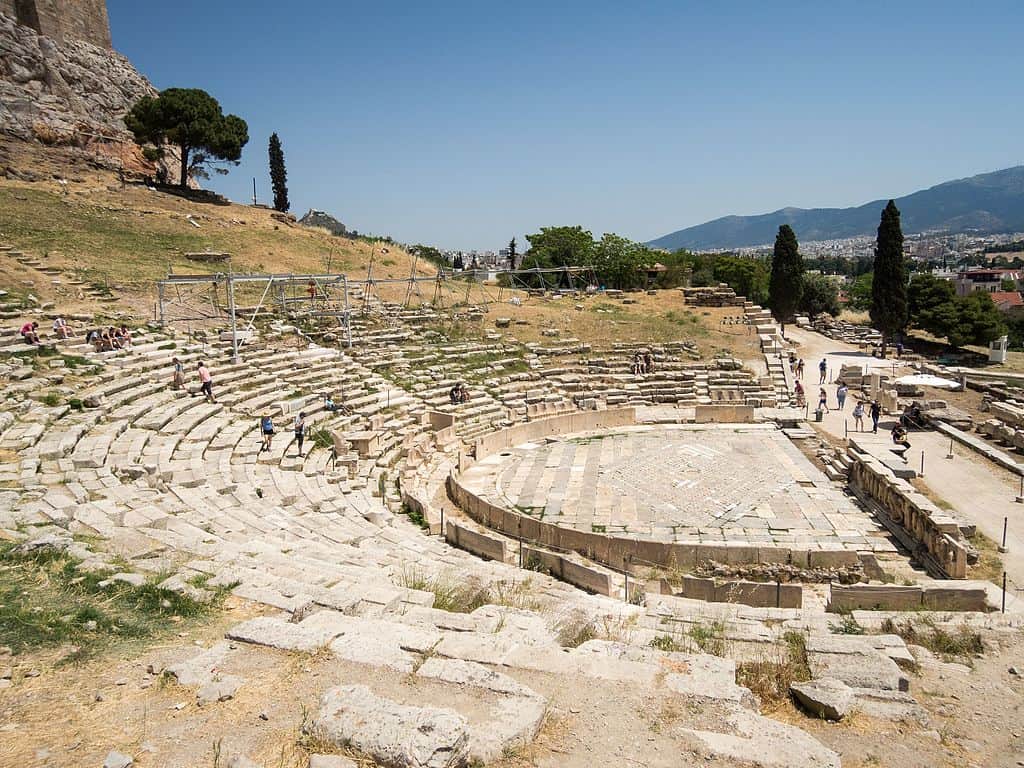
Location: Athens, Greece
Having been the very first theater built in Athens, you can already tell that this site is very rich in history as many would argue that this is one of the most important parts of Roman history that we have ever uncovered to this very day.
With that said, this structure was originally built in the 6th century BC, and it is commonly referred to as the first theater of the world.
Many people would come from very far away to get a place at this theater, walking down the slopes of the Acropolis in Athens to give their offerings to Dionysus, the God of grape-harvesting, winemaking, wine, fertility, vegetation, insanity and madness amongst other lovely past times.
Classic plays such as Euripides, Aeschylus and Sophocles would be played here, with more than 17,000 people watching from their seats.
Uthina Amphitheatre

Location: a few kilometres outside Tunis, Tunisia
Uthina, also known as Oudna, was a Roman colony that traveled all the way from Tunisia to make its way to this site. Their city appears to have been taken down by the Arabs that took over the area in the 7th century, and while the site was being excavated the teams discovered what appears to be one of the most impressive looking amphitheaters in the world.
Not the largest amphitheater in this list, it did host about 16,000 visitors in total which was more than enough room to gather the whole colony members into.
What’s interesting about this site however isn’t its size, it’s its incredible craftsmanship. If you look closely, you can actually see the fact that the lower half of it all was carved directly into the hill, with the arcs above having been set up right over the ground level.
Although the site itself seems to be in great condition now, a lot of it has been reconstructed over the years, including the seats that you see all around the place.
Pozzuoli Amphitheater
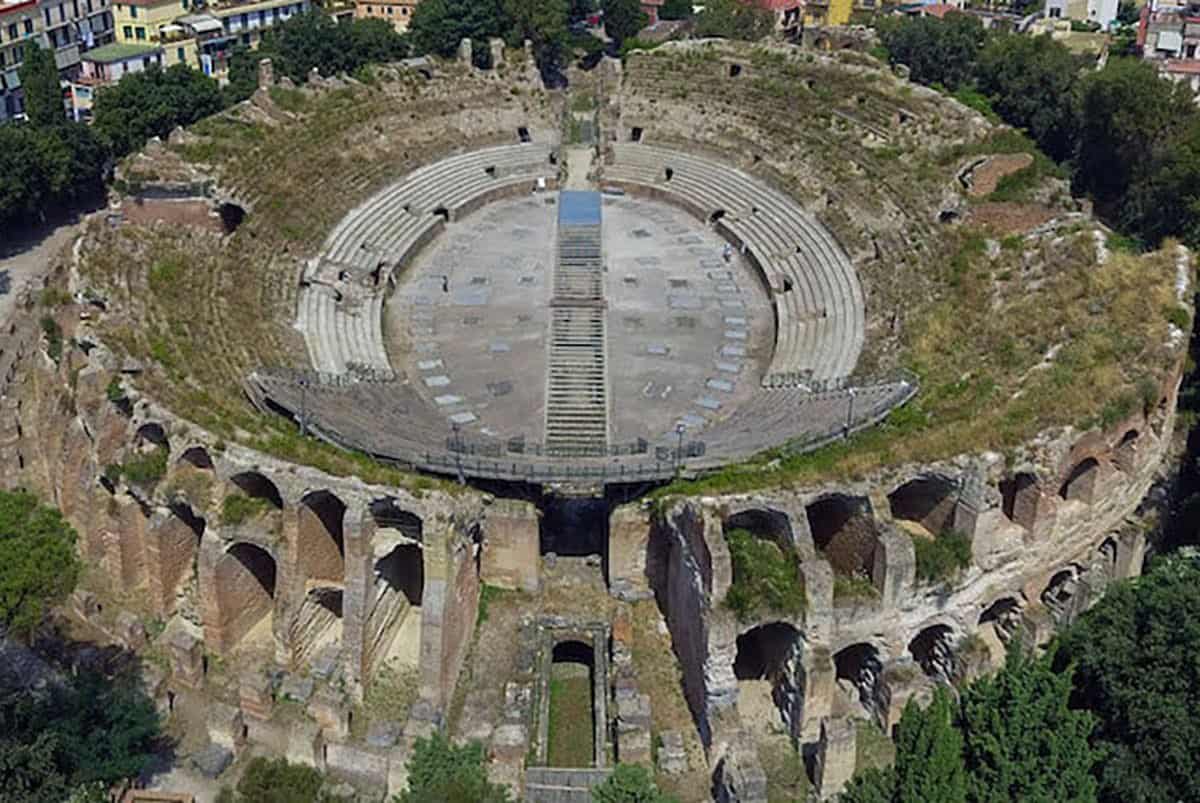
Location: Pozzuoli, Italy
Finally, we’re diving into one of the largest Roman amphitheaters in the world, with the Pozzuoli Amphitheater being by far the largest one ever discovered in Italy. It used to house well over 20,000 spectators in total, and while not all of them were hungry for blood, every now and then they would host gladiatorial events to really get their blood flowing.
The best part about it is that for the most part, the architecture here is unchanged from what it used to be in the past, even the seats were originally built way back in the day when the amphitheater was originally built.
The subterranean areas are especially well preserved, as most of the site was well preserved until the explorers first uncovered its existence and turned it into a historical touristic attraction.
The main reason as to why it was abandoned in the first place is believed to be a nearby volcano eruption which must have covered the whole place in hot ash and scorching lava. Luckily, as mentioned previously, a large portion of the lower part of the arena is completely well preserved to this day.
Leptis Magna Arena

Location: Khoms, Libya
This ancient arena was originally built by the Phoenicians that inhabited what is now modern-day Libya back in the 10th Century BC. The interesting part about it is that it only really became a part of the Roman empire in 146 BC, which is when the city really began to change for the better because of how good of a tool trading became for its citizens.
They did so good however that they ended up attracting a lot of negative attention from nearby savages that were less than keen on hearing how much they made selling their product that day.
So, fast forward to 523 AD, when the Berber tribe finally had enough, attacking and ransacking the whole area, forcing the locals to either give up their belongings and flee or give up their life. Before long the whole site was cleared out and the amphitheater was all on its own, a vestige of a passing age if you will.
Despite this, the amphitheater actually managed to live through the passage of time mostly in one piece, with very few renovations needed to restore it to its former heydays.
Roman Amphitheatre in Arles

Location: Arles, France
This Roman Arena was by far the most popular arena to have ever been built in France. It is situated in the southern part of it, with the majority of its architecture dating back to the 1st century BC.
It is on the larger side, with it being able to seat over 20,000 spectators throughout its three tiers. Although in the past it was mostly used for chariot races and hand-to-hand combat which usually resulted in a lot of maiming and killing, nowadays it’s mostly used for bullfights and theater events.
It was actually a touristic attraction until the 1830s came along which is when they decided to bring it back to its former glory, hosting the aforementioned events inside.
The Romans would probably be bored half to death by nowadays’ main events, but still at least the arena is still used for something as opposed to most other arenas that we can still find standing around the world.
Arena of Nimes

Location: Nimes, France
This is what we would refer to as a massive amphitheater, and we do mean MASSIVE. This giant arena used to house up to 24,000 spectators back in the 1st century AD, and although it wasn’t the largest in the world, it was always one of the largest and most impressive structures that ever came from the Roman architects at the time.
Its history is also rather impressive, with it having been originally used for chariot battles and gruesome gladiatorial fights, only to be turned into a fortified palace during the Middle Ages.
Luckily, the site was nearly unbreachable, so not many have tried to really take it down to ransack it over the years. Because of this, the site is actually quite well maintained considering its old age, to the point where nowadays it is still used as a bullring, being the hosting place of two annual bullfights ever since 1863.
Pompeii Spectacula

Location: Pompei, Italy
As we all know by now, the story of Pompeii is not exactly known for its bright and happy ending, quite the contrary actually. It all happened on August 24th, 79 AD, as the Vesuvius volcano erupted, ingulfing the whole town in ash and hot soil.
As you can already guess by now, Pompeii’s prized jewel of an arena was also completely covered, sparing no man, woman or child in the process.
Both the amphitheater and the nearby theaters were completely swallowed up by the debris, turning everything charcoal black within seconds, hiding all 20,000 seats up in their entirety from the rest of the world for quite a long time.
Despite this, the site itself is still in pretty good shape, to the point where you can visit it with no problem and really take in the scenery as it used to be back then, when watching the bloodshed and slave killing was considered to be as mundane as watching a new Marvel movie at the cinema.
Pula Arena

Location: Pula, Croatia
The massive arena from Pula is the sixth largest surviving Roman arena in the whole world, and by far one of the best-preserved architectural pieces in all of Croatia. Although the site dates back to the 1st century AD, it still makes for a very impressive touristic site even though very little renovations were done in here.
The only parts that needed to be rebuilt over the years almost in their entirety were the parts that were destroyed over the course of the 15th century by the locals that needed the stones to build their own houses with.
Since the practice has been banned however, the local authorities have attempted to rebuild these missing parts, fixing it before it would all collapse under its own weight.
They’ve done such a great job that they actually continue using the amphitheater even to this day to host festivals and even concerts during summer.
Verona Arena

Location: Verona, Italy
Moving further down the list we have the third-largest amphitheater from the Roman history that you’ll ever find. The Verona Arena from Italy is quite a sight to behold, with its white and pink limestone structure and its rather incredible size, making this one of the most important cultural and historical sites in all of Italy.
Back in its hay days, the site could host up to 30,000 people in the stages, where they could eat their favorite snacks while looking down at prized gladiators fighting for their entertainment.
Whole this was mostly banned after the 18th century, the site is still used for opera performances and other such shows that are meant to recapture the good old days with the exception of mass human slaughters.
Amphitheater of El Djem

Location: El Djem, Tunisia
Being the second largest arena in the world, you can already tell that the amphitheater of El Djem is not one that you’d ever want to ignore in your travels to say the least.
It was originally built in the early 3rd century AD and size wise it was able to host up to 35,000 spectators in total. The saddest part about it is that over the passage of time, it was pretty well maintained to the point where they could continue showcasing incredible displays of the brutal nature of humanity live to the audience, but this was all about to change with the start of the 17th century.
This was when a lot of the original amphitheater was destroyed in order to be rebuilt per total. You might have seen the arena in the Oscar winning film Gladiator, amongst others as quite a lot of attention was brought to this site over the years because of its rather uncanny architecture.
The Famous Roman Colosseum

Location: Rome, Italy
There are plenty of arenas and amphitheaters out there, but there is only one true Roman Colosseum out there.
The massive Colosseum of Rome is by far the largest and most popular arena that had ever been built by Roman hands. It was originally constructed by the emperor Vespasian, but sadly he passed away before his magnum opus could be completed, with his son carrying on his legacy, finishing it in 80 AD.
This is where more than 5,000 animals and 2,000 gladiators gave their lives for the entertainment of the emperor and the citizens that came to watch it all happen.
More than 50,000 people would gather around in the seats to observe the slaughters, and in order to get everyone inside, the Romans actually built in 80 entrances to make sure that the lines wouldn’t be too big to get to your seat.
The Colosseum is by far the most impressive site in all of Rome and many would argue that it is also one of the most impressive historical discoveries ever uncovered by humans. Wouldn’t you agree?
Conclusion
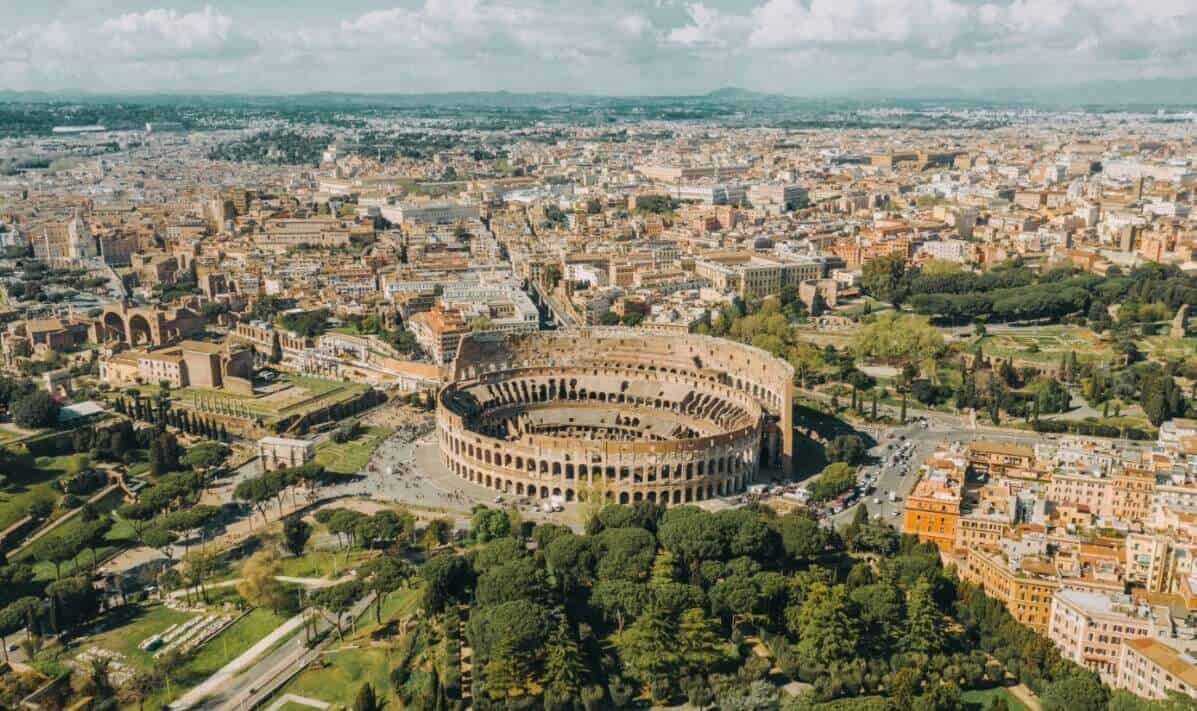
Regardless of what you think about the practices that went on in these arenas, the truth is that they still offer what many would refer to as an uncut look into the practices that people used to throw down for their own entertainment.
Now the only real question is this: Would you have the guts to go to one such event and see people slaughter each other for your entertainment? Let us know what you think, we’re really interested to see how far people would go to really experience life as it used to be in history books.
Contents



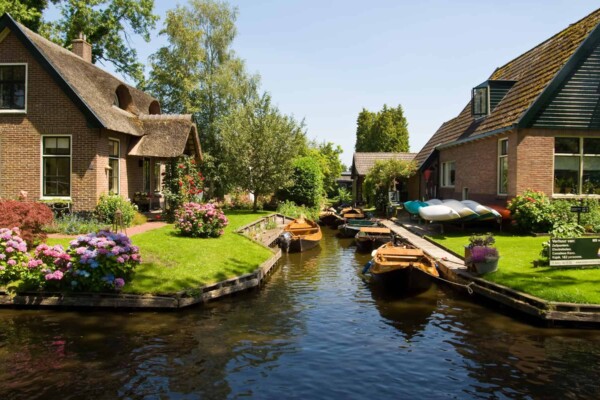

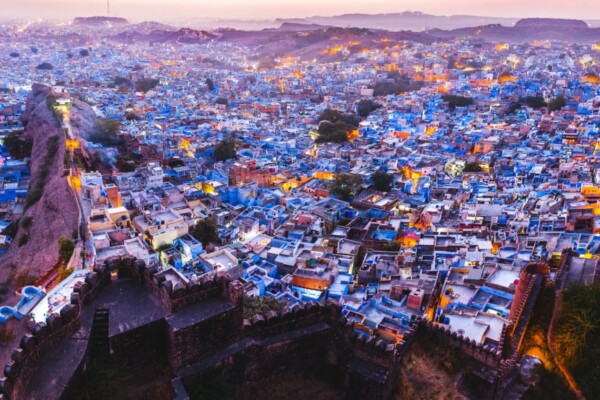







Hi,
I love this website you made. I am currently making a Genius hour project on Gladiators and we had to ask a question about where they fought at and I found this very helpful about the staiums